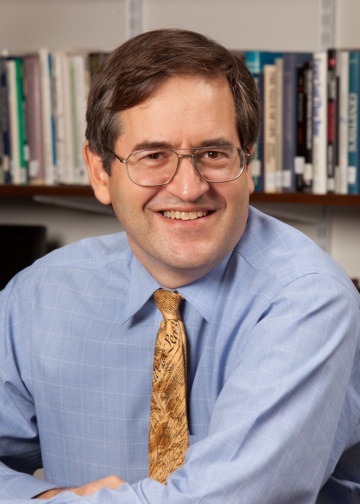WASHINGTON – The National Governors Association reported recently that the annual cost to society of traffic gridlock is $72 billion in wasted time and fuel as well as 4.3 billion hours stuck in traffic. And gridlock is getting worse.
Politicians know that traffic gridlock is unpopular and that the public expects them to alleviate it. They also know that people only want traffic efficiency – like garbage dumps, power plants, and cell-phone towers – in someone else’s back yard. The National Governors Association report, subtitled “Delivering More Transportation Choices to Break Gridlock,” reflects this political calculus.
The report offers many fine ideas for prioritizing new public expenditures on transportation. Nowhere, however, does it acknowledge, let alone remedy, the transportation Not-In-My-Back-Yard (NIMBY) politics that explain why one-hundredth of 1 percent of our roads in many parts of the country serve 99.99 percent of the traffic.
Gov. Parris N. Glendening, chair of the National Governors Association and a big booster of the report’s recommendations, vividly illustrates the discrepancy between the report’s lofty rhetoric about efficiency and the sordid reality of local transportation politics.
In Mr. Glendening’s own backyard, local politics make a mockery of efficient road use. The lack of through roads – not to mention the speed bumps, stop signs and other devices local residents have lobbied for – all ensure that traffic is confined to a few main arteries. Some through roads, paid for at public expense, even have been privatized by making their use by anyone other than a local resident punishable with a $100 fine.
These “traffic calming” devices certainly improve safety and quiet in the politically active neighborhoods where they have been created. But they also impede the efficient flow of traffic and increase the safety burdens on the few streets that are available to handle the explosive growth in the number of vehicles jockeying for ever-more limited space.
An unnoticed war is raging: as gridlock tightens, frustrated drivers turn off the main roads and try to navigate local byways and residential streets. Residents, in turn, fight back through lobbying efforts to close those roads and erect barriers and diversions to keep drivers away. And that, in turn, makes the gridlock worse.
Residents make a powerful case to privatize public roads: safety. The fewer the cars on a street, and the slower those cars move, the safer it is. But there is another reason as well: property values. Reduced traffic increases the value of nearby homes. One case study cited by the Institute of Transportation Engineers found that after a street was turned into a dead end, average home sale prices increased by 63 percent.
Roads are built with public money and are meant to serve the public interest. Federal transportation dollars should not subsidize new transportation options for states and localities unwilling to use existing resources efficiently. The same goes for state funding.
Perhaps we should try a more efficient and rational approach to highway and transportation funds. Any state or locality that fails to achieve a minimal level of efficiency, say one-tenth of 1 percent, should be given lower priority when it comes time to hand out funds for new projects.
The time has come to recognize that our transportation problem is as much a political as a planning problem. New ways must be found to give transportation users in particular, and taxpayers in general, the opportunity to counter the local power of local opposition. The alternative is the continuing privatization of a a public asset and the continuing destruction of a system that is essential to our collective welfare.
J.H. Snider is a Markle Fellow at the New America Foundation, an independent, non-partisan, non-profit public policy institute based in Washington.
Source: Snider, J.H., Time for policy to end gridlock on the streets, Baltimore Sun, April 12, 2001.
